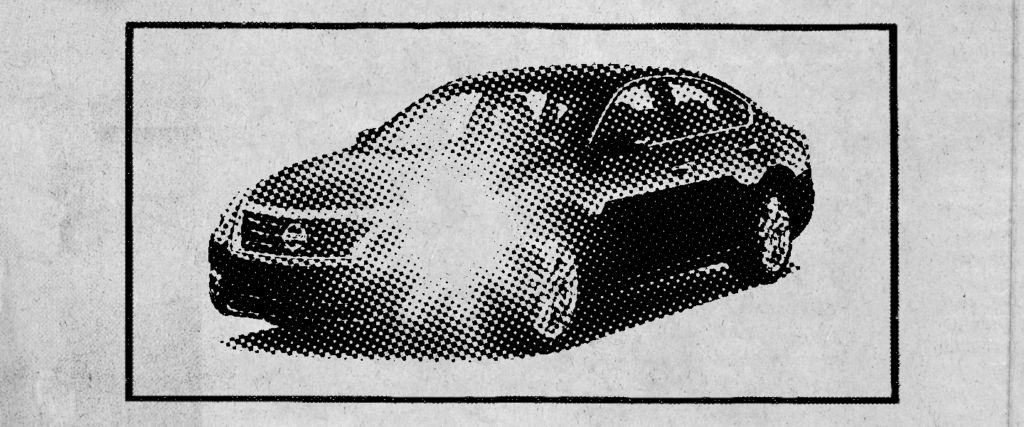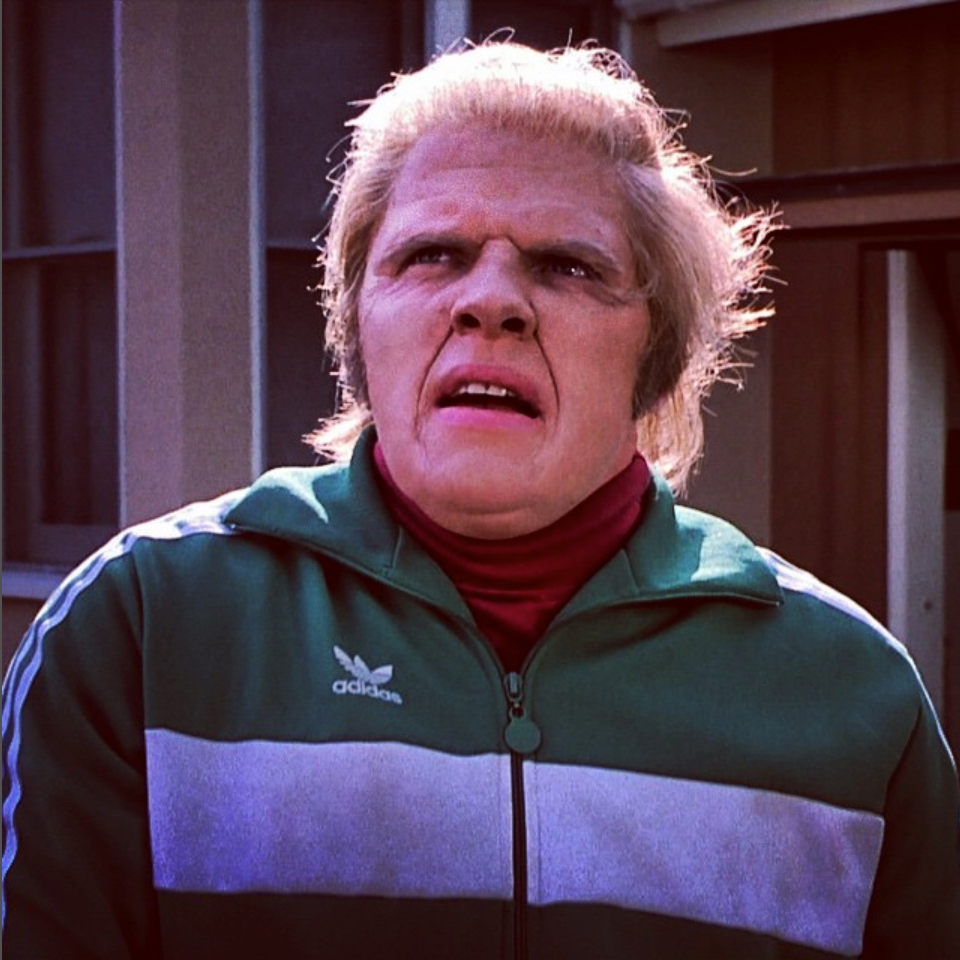If the modern automobile had a status on Facebook, it would undoubtedly be “It’s complicated.” With their computer-controlled fuel-injection systems, continuously variable transmissions and three-phase four-pole AC induction motors, the days when every Tom, Dick or Harry could wrench on their ride seem long gone. So let us help — especially with the seemingly mundane stuff that if not done properly, your dad and/or his favorite mechanic vowed would ruin your car forever. Because when it comes to cars — and this column — no question is too dumb.
So my car started doing something recently that I’ve seen happen before with older cars, and always wondered about: The blinker has started blinking much faster than usual. What exactly is going on here? Is this my car’s way of telling me it’s about to self-destruct?
When I was a kid — and frankly, I still do this as an adult when I’m in the left-turn lane — I used to play a game where I’d try to align the sound of my parents’ car’s blinker with the sight of the blinker on the car in front of us. This was fun, relatively speaking, because the two were almost on the same frequency, but not quite, which meant they only really hit on, like, every 10th beat or something. In essence, I was playing something akin to a proto, motor-vehicular version of the now-infamous bouncing DVD-logo game:
I mention this only because, when your turn signal starts going at double-speed like it’s on a trunk full of meth, it makes it a lot more difficult (and a lot less fun — again, relatively speaking) to play the blinker game.
To answer your very straightforward question, though, no, a double-time turn signal isn’t an indication that there’s a bomb on board. Nor is it an indication that there’s something wrong with the turn-indicator knob, or that the dashboard is on the fritz, or that you’re experiencing auditory and visual hallucinations.
It is, though, an indication that there’s something amiss with your car. Furthermore, you might be surprised to learn that the sped-up blinker is a design feature, not a flaw. That’s because, what a faster-than-usual blinker is intentionally indicating, is that you’ve likely got a bulb out. I’ll let the pros at the Southwest auto-repair chain Sun Auto Service explain how it all works: “Each turn signal has a flashing unit that briefly pauses the circuit which produces the blinking action for front and rear turn signal bulbs. Turn signals operate at a specific resistance, and as bulbs fail, the resistance changes its pace by flashing and clicking faster.”
The next step is determining which bulb is out. Sure, you could turn on the left-turn blinkers, get out of your car and check the front and rear bulbs, and then do it all over again for the right-turn blinkers. But an even faster method is to turn on your hazards. That way they’re all blinking at the same time, and you’ll only have to check once.
Smart, right?
Once you change out your fritz-y bulb, you’ll be back on the road playing the turn-signal game in no time.

